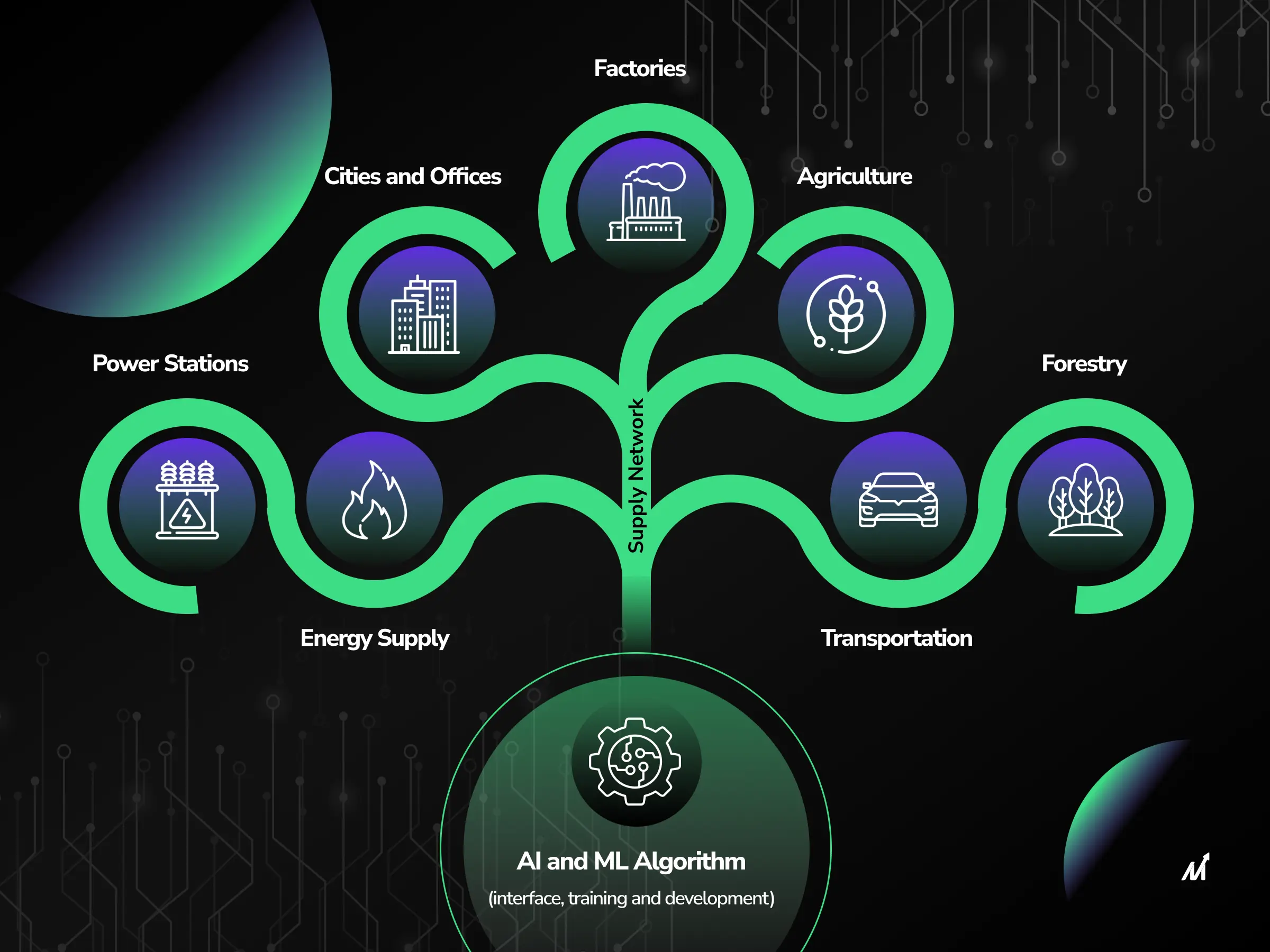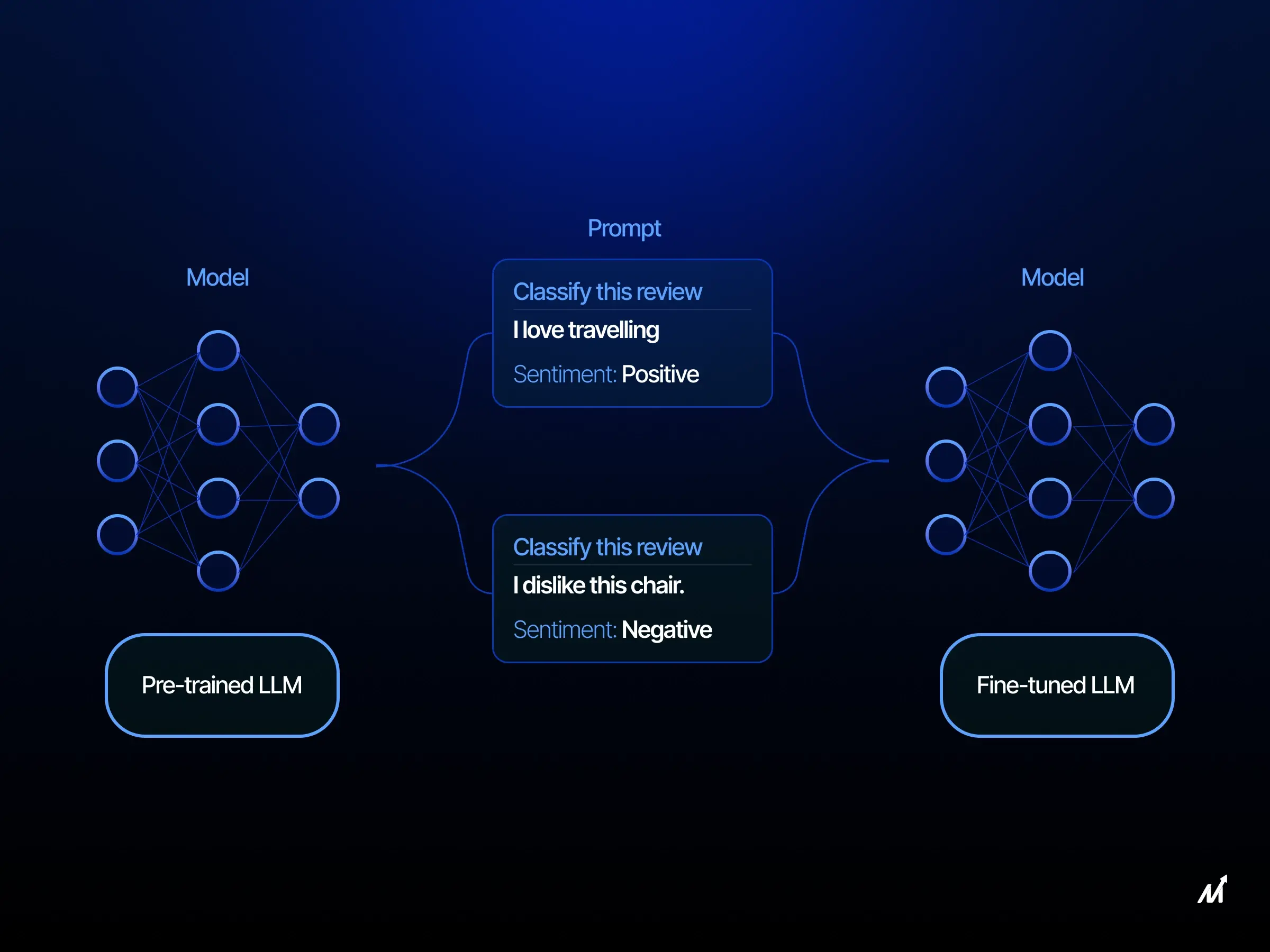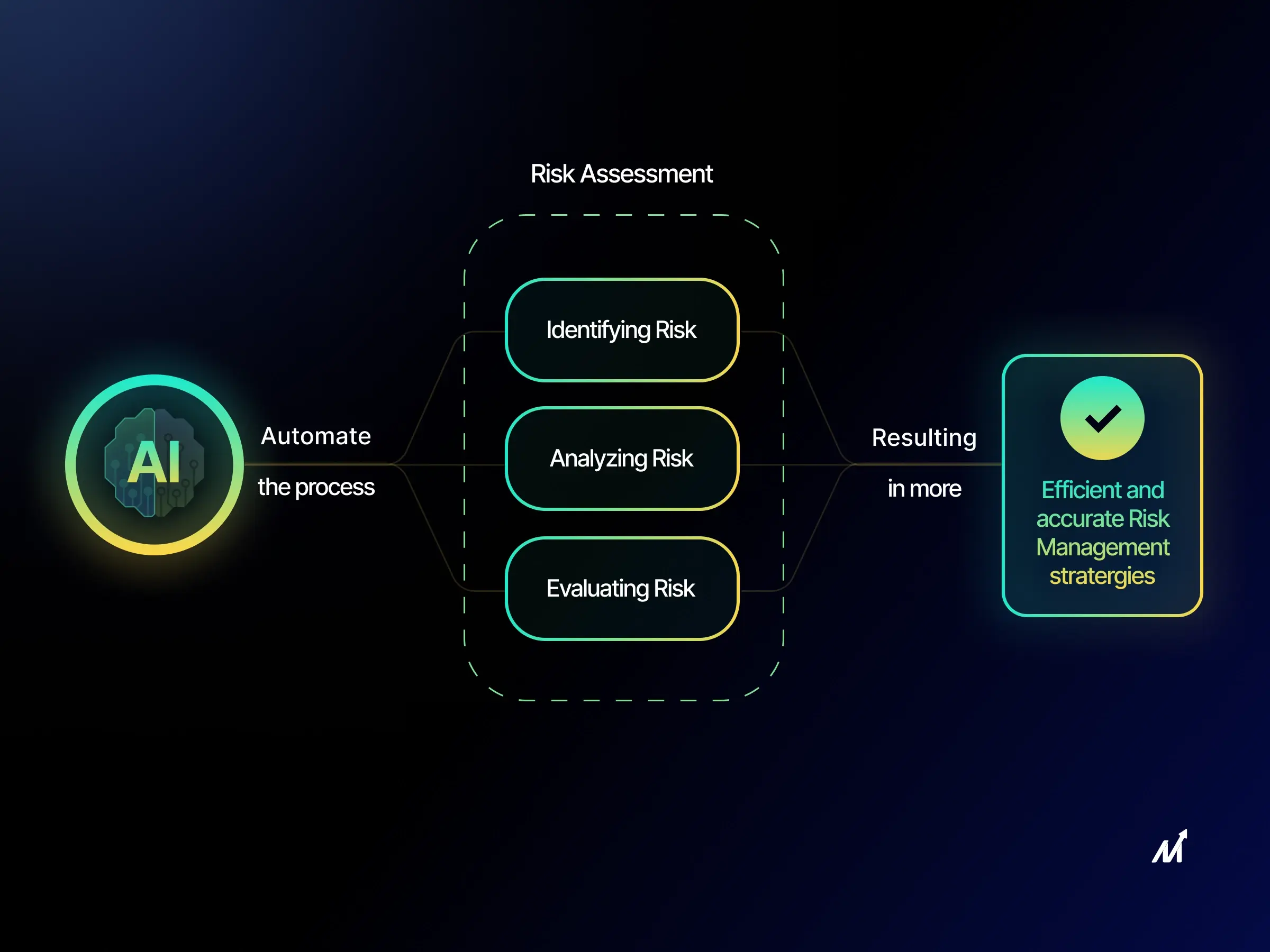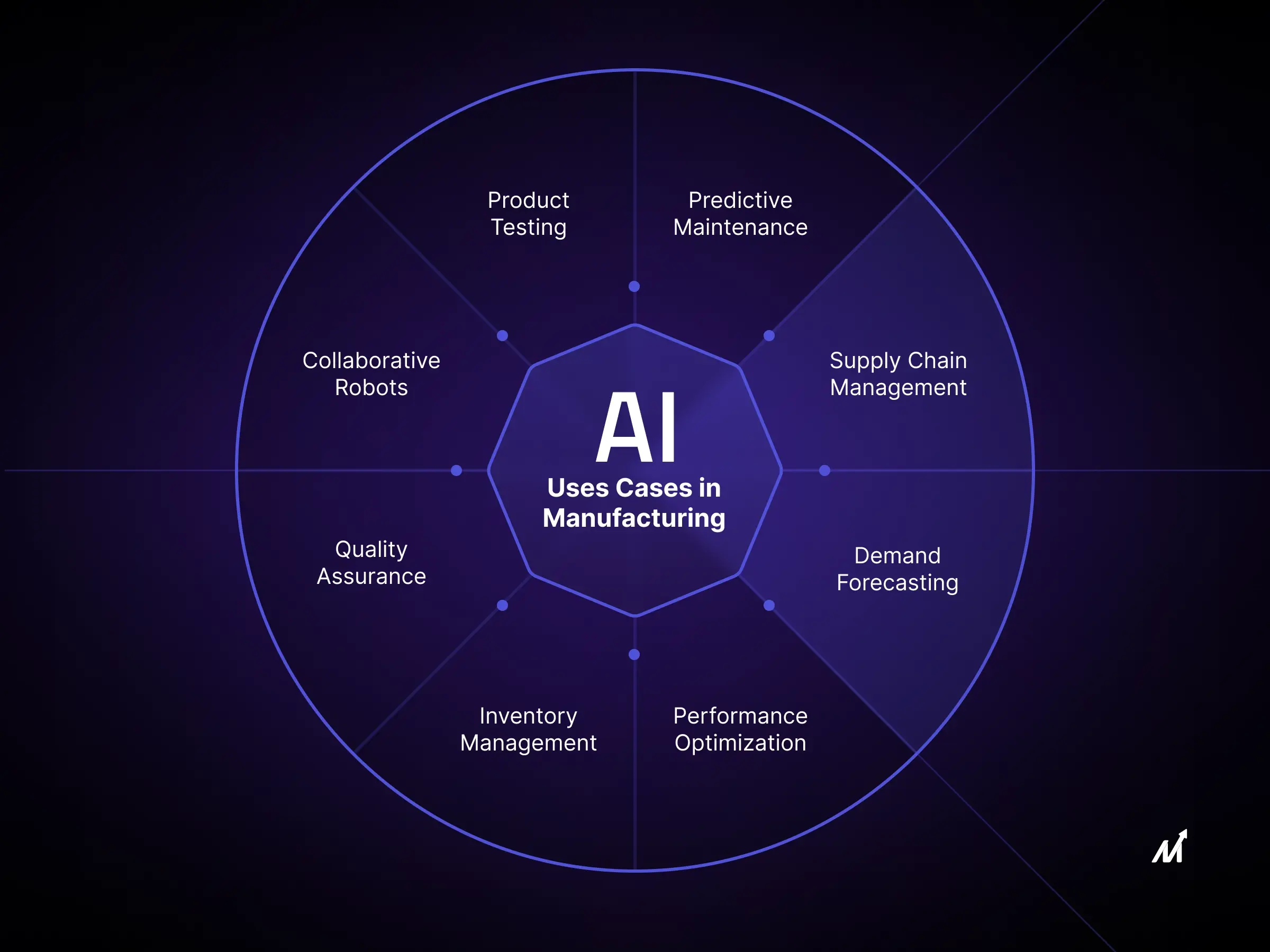AI and Sustainable Development – Overview of AI and ML
Artificial Intelligence (AI) and Machine Learning (ML) technologies can transform energy and environmental sustainability fields. AI pertains to the development of intelligent machines that can mimic human behavior and decision-making processes, while ML employs algorithms and statistical models to enhance computer performance on a particular task progressively.
Importance of Energy and Environmental Sustainability
Human civilization critically depends on energy and environmental sustainability. The International Energy Agency (IEA) predicts a 25% increase in energy consumption by 2040, which will increase greenhouse gas emissions. It is crucial to develop sustainable energy and environmental practices that can satisfy rising energy needs while minimizing their environmental impact.
Fundamental impacts of AI and ML application
AI and ML have the potential to enhance energy efficiency by forecasting usage patterns and adjusting energy supplies accordingly.
For example, smart thermostats like Nest and Ecobee employ machine learning algorithms to observe user behavior and preferences and adjust temperature settings to conserve energy.
However, there are also various challenges and risks connected to AI and ML, such as concerns about reliability and accuracy and ethical and legal issues. This blog seeks to highlight the importance of AI and ML in achieving sustainable energy and environmental practices and to establish a framework for their effective utilization.
Energy and Environmental Sustainability
The concept of energy and environmental sustainability strives to balance the world’s energy requirements with protecting and preserving the natural environment. It involves utilizing renewable, efficient, and readily available energy sources while safeguarding natural resources and minimizing pollution. However, the challenges faced include the rising energy demand, dwindling natural resources, and the impact of climate change.
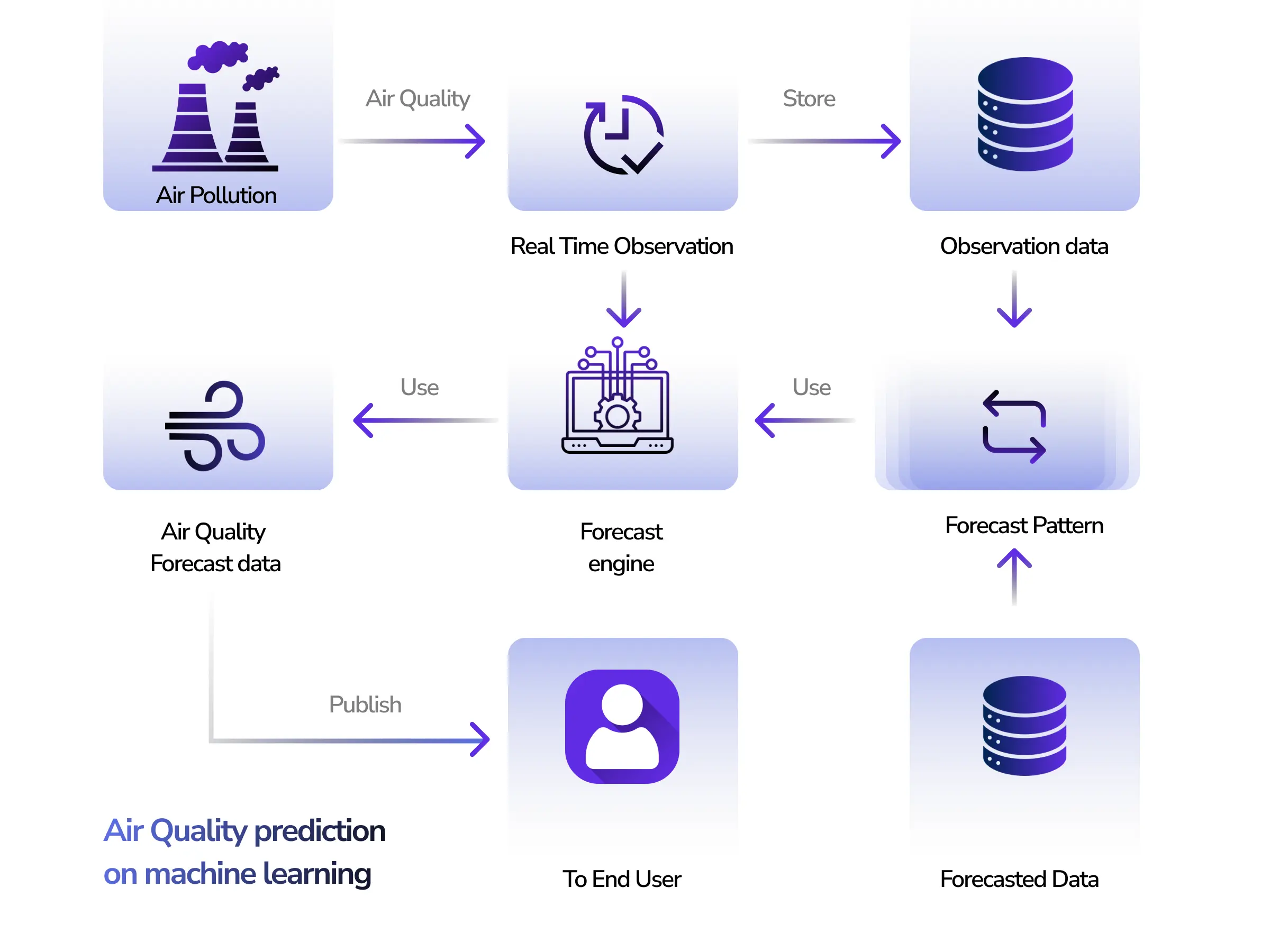
Examples of AL and ML applications in Energy
Google’s DeepMind AI system, which reduced energy usage in data centers by 40%, and AI-powered drones for solar panel inspection and maintenance. This leads to more cost-effective solar power systems.
Examples of AI and ML applications in environmental sustainability
AI-powered drones for forest management, AI-powered weather forecasting models, and ML algorithms for waste sorting and recycling.
In addition to the environmental sustainability fields, AI & ML are also transforming industries like mobile applications. To learn more about the role of AI in mobile app development, check out Markovate’s blog post on “AI in Mobile Applications.”
AI and ML Impact on Energy Sustainability
Impact of AI and Sustainability on Smart Grids
Smart grids are advanced energy systems that integrate sensors, data analytics tools, into energy storage systems and energy management platforms. The devices connected to the grid are used to build energy efficiency programs that can help to save energy at peak hours. Smart grids also help to monitor energy flow and usage in real-time.
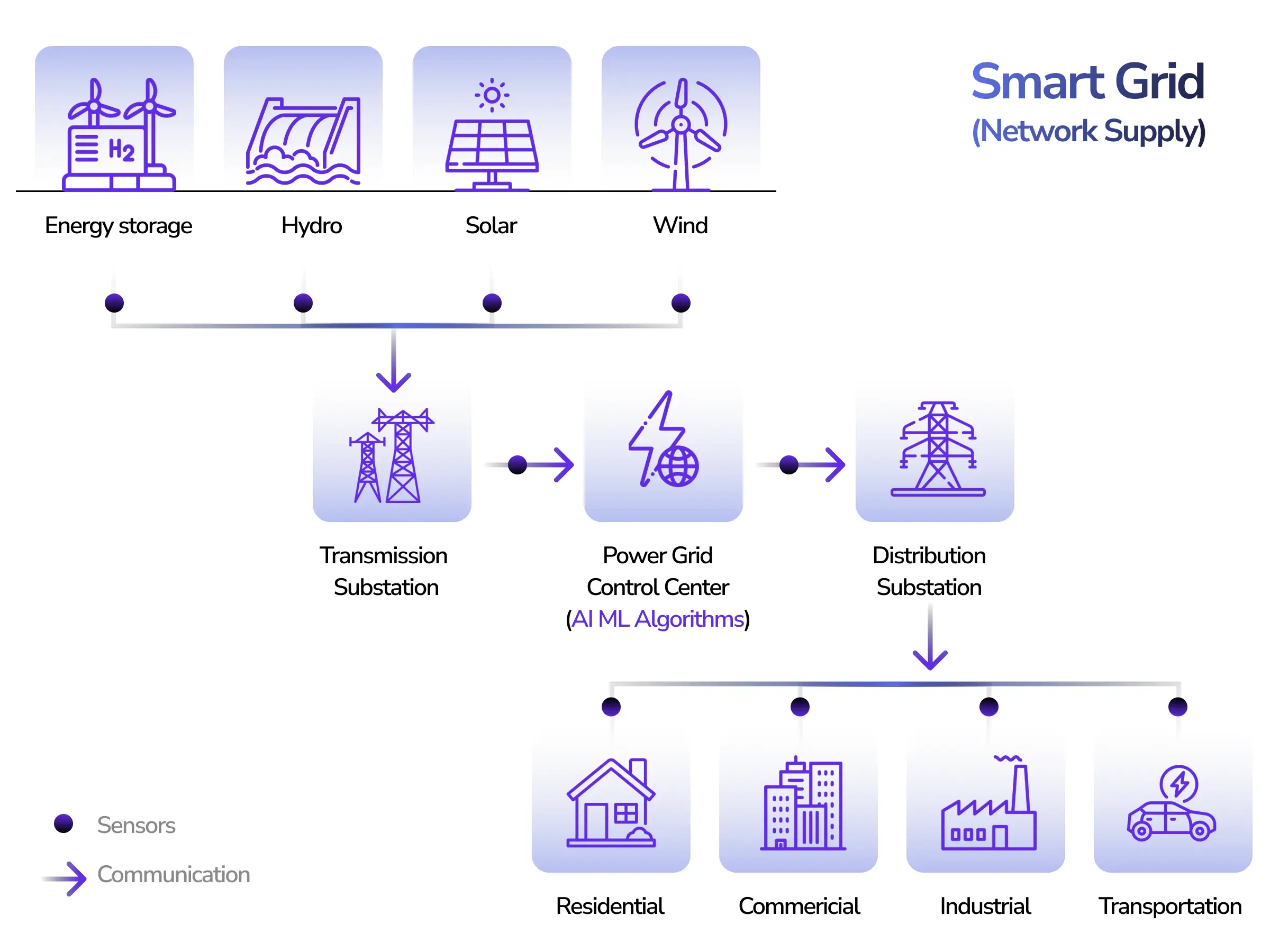
AI and Sustainability in Microgrids
A microgrid refers to a compact energy grid that can function autonomously without relying on the conventional energy grid. By leveraging AI and machine learning, microgrid control systems efficiently regulate energy distribution and consumption. The popularity of microgrids is surging because they offer energy reliability during emergencies and seamless integration of renewable sources into the energy grid, unlike conventional energy grids.
AI and Sustainability: Power Theft and Fraud Detection
Globally, electricity theft and fraud incur an estimated cost of up to $96 billion annually in the energy and utilities industry. With the United States accounting for up to $6 billion of this sum each year. Power theft involves unlawfully extracting energy from the grid, while energy fraud entails deliberate misrepresentation of energy consumption or data. Utilizing AI and machine learning, energy companies can promptly identify these irregularities and alert concerned parties for swift resolution. This approach safeguards the assets of energy companies, reduces energy loss, and translates to cost savings.
AI and Sustainability Enhancing Energy Trading
The implementation of AI and machine learning can enhance the efficiency of energy trading by accurately forecasting energy demand and furnishing traders with up-to-date insights on energy prices. By leveraging this intelligence, energy traders can make well-informed decisions on the ideal moments to purchase or vend energy.
AI and Sustainability in Boosting Energy Production
Employing machine learning algorithms can assist companies in making informed decisions about where to drill for oil and gas. Hence, enabling them to optimize well placement and enhance production output.
AI and ML Impact on Environmental Sustainability
Renewal Energy & Clean Fuels
Renewable energy and clean fuels are becoming increasingly important as the world focuses on reducing greenhouse gas emissions and combating climate change. AI is a powerful tool that can help optimize these resources’ usage and management. By analyzing large amounts of data on weather patterns, energy demand, and distribution, AI algorithms can accurately predict renewable resource usage, manage energy supply, and reduce costs and waste while minimizing environmental impact.
E-Vehicles Increasing Demand
The surge in the adoption of electric vehicles (EVs) can be attributed to the confluence of factors such as escalating crude oil prices. And heightened awareness of the crucial need to mitigate the impacts of climate change. EVs are beneficial for the environment since they do not emit pollutants such as nitrogen oxides, and volatile organic compounds.
Recent advancements in AI and ML have enabled significant strides in developing efficient EV technologies. This has paved the way for innovative companies to invest in research &development to make EVs more accessible & affordable.
AI and ML: Fundamentals and Applications
- AI and ML are revolutionizing the energy sector by optimizing energy generation, consumption, and management.
- The application of AI and ML algorithms can optimize the performance of renewable energy systems, such as wind turbines and solar power plants, by maximizing energy output in response to real-time conditions.
- Sensors and communication technologies are utilized by smart grids to monitor and optimize energy distribution.
- Data analysis using AI algorithms can facilitate the detection of system failures and the identification of opportunities for the integration of renewable energy sources.
- The utilization of AI and ML can optimize energy consumption in buildings, transportation, and industrial processes.
- Smart building systems and transportation systems powered by AI can monitor and adjust their operations according to occupancy levels and prevailing weather conditions.
- Designing products that are energy-efficient can result in reduced energy consumption without compromising on performance.
- Demand response systems and energy storage systems can regulate the supply of energy to optimize usage and curtail costs.
- Using AI in energy trading and pricing can lead to enhanced efficiency and profitability in energy transactions.
- AI algorithms play a vital role in mitigating climate change. It processes satellite data to monitor changes in the Earth’s climate and optimize renewable energy systems. This results in more efficient and cost-effective energy production.
- In addressing air pollution, AI algorithms can make predictions and monitor pollution levels, identify pollution hotspots, and develop targeted mitigation strategies. It can significantly enhance air quality.
- Integrating AI and ML can enable the prediction of water availability and quality, optimize water distribution, and detect and mitigate water pollution. Therefore, enhancing water management and conservation efforts.
Challenges and Risks of AI and ML in Energy and Environmental Sustainability
The integration of AI and ML in energy and environmental sustainability has its share of challenges and risks due to the following limitations:
- The lack of reliable and high-quality data is necessary to train algorithms and avoid errors and bias.
- Integrating new technology into legacy systems is complicated and expensive, requiring substantial resources and investment.
- Failure of this new technology can severely impact environmental safety and cause power outages or environmental damage.
In terms of ethical & legal issues, the potential for AI & ML to perpetuate existing biases & inequalities is a significant concern. Algorithms used in energy pricing could potentially discriminate against low-income households.
In addition, deploying AI and ML systems can lead to increased energy consumption, using non-renewable energy sources in production, and environmental consequences during extraction and processing.
Also, there are social and policy implications to consider. AI and ML may lead to job displacement, particularly in sectors like fossil fuel extraction and transport.
Investment in research, development & policies promoting ethical use are essential for unlocking the full potential of these technologies. Furthermore, with continued innovation, AI and ML can be leveraged to support sustainable economic growth and protect the environment.
AI and Sustainability: Future Directions and Conclusions
Integrating AI and ML into the energy and environmental sustainability sectors presents a promising future of emerging trends and opportunities.
- Increased Energy Efficiency: AI & ML algorithms will persist in optimizing energy utilization & diminishing wastage, leading to an increase in energy efficiency. With the gathering & analysis of more data, these algorithms will further enhance their accuracy. Therefore, resulting in significant improvements in energy efficiency.
- Smart Grids: Smart grids integrated with AI and ML technologies will increasingly be developed. Consequently, leading to enhanced reliability & efficiency in energy distribution, reduced instances of power outages, & greater integration of renewable energy sources.
- Predictive Maintenance: The employment of AI algorithms in analyzing data from sensors & equipment will facilitate the advancement of predictive maintenance. As a result, this will aid in the prevention of unplanned downtime and the curtailment of maintenance expenses.
- Renewable Energy Management: The integration of renewable energy sources into the power grid will persist in expanding. Moreover, it is supported by utilizing AI and ML algorithms to optimize energy storage and distribution. This will enable a more dependable and effective energy supply.
- Environmental Monitoring: The monitoring and analysis of environmental data on a global scale will involve using AI and ML algorithms. Consequently, this will enable policymakers to make well-informed decisions concerning climate change, pollution, and other environmental challenges.
In summary, by collaborating and implementing best practices, we can address the challenges and risks of integrating AI and ML in energy and environmental sustainability. This will enable us to create a more efficient, sustainable energy future that benefits everyone.


